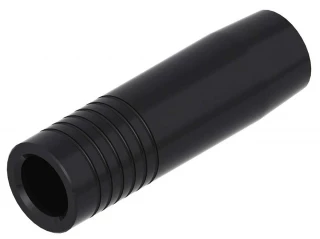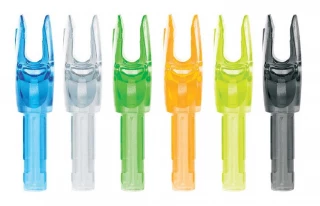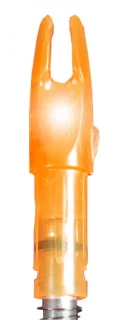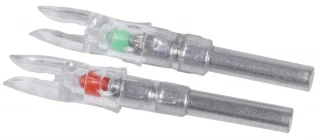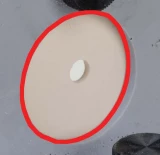Easton Axis HIT Insert Kit Review
Featured Deal

From $17.99
Get DealEaston Axis HIT Insert Kit
We offer the FULL Easton aluminum insert kit for those who do need the chamfer stone. Proper use of the chamfer stone ensures correct alignment between the shaft surface and the back of your broadhead. This in turn allows proper arrow flight. For use on Easton carbon arrows that take the HIT inserts, such as Axis, Full Metal Jacket, and Beman MFX Classic. Kit includes: One dozen aluminum HIT inserts (16 grains each) with insert tool, new chamfer stone, and enough epoxy adhesive to do a dozen carbon arrows. Instructions included. ...read more
$17.99
$12.59
$16.19
Easton Axis HIT Insert Kit For Sale
Most Popular Arrow Building
Gold Tip Ballistic Collar System
Reinforce your Gold Tip Traditional Classic and Traditional Classic XT carbon arrows... read more
Black Eagle M Micro-Nocks (dozen)
The Black Eagle "M" Micro-Nock is 100% Polycarbonate. Sturdy and dependable, it's... read more
Burt Coyote Lumenok® Lighted Push-In Nocks
All new HD Orange! 30% brighter than previous models. Featuring new and... read more
NOCKturnal™ Lighted Push-In Nocks
The NOCKturnal™ lighted nock is a breakthrough design that is more affordable... read more
Goat Tuff Impact Glue
Bowhunters and target shooters expect a lot from their arrows. That's why... read more
Easton Axis HIT Insert Kit Reviews
Easton Axis HIT Insert Kit Questions and Answers
I guess what I'm getting at is when I check an arrow chart for normal arrows I put in the weight of the point and the insert weight is not accounted for at approx 20 grains so if I used these arrows would I add the weight of the insert to the point weight
Some charts take the insert into account and other do not. For the most part, a small difference in insert location or weight will not make too much of a difference in the arrow flight.
Are these the same as the break off hit inserts that come with the Beman arrows except for the weight? If so then basically a 150 grain broad head with these inserts would basically be a 166 grain point. So if I used a Beman arrow with the break off hit
Yes, this is the same size insert that comes with the MFX's only in aluminum.
Can you use hot melt to install instead of the epoxy? Can you remove the epoxied insert by inserting a point and heating it?
We recommend in epoxy the inserts in. It is very difficult to remove the insert once they have been installed with epoxy.
Will these fit the Easton Acis Focused Energy, micro X 5.5mm arrow?
These will fit any .204" 5mm shafts.
Will these fit Easton Axis Traditional Carbon Hunting Arrows - Size 500?
Yes
Will these inserts work on Easton hit a/c super slim 300 11.5 gpi arrows?
I do not have the specks on that old of an arrow I would need to know the inside diameter.
I guess what I'm getting at is when I check an arrow chart for normal arrows I put in the weight of the point and the insert weight is not accounted for at approx 20 grains so if I used these arrows would I add the weight of the insert to the point weight
Some charts take the insert into account and other do not. For the most part, a small difference in insert location or weight will not make too much of a difference in the arrow flight.
Are these the same as the break off hit inserts that come with the Beman arrows except for the weight? If so then basically a 150 grain broad head with these inserts would basically be a 166 grain point. So if I used a Beman arrow with the break off hit
Yes, this is the same size insert that comes with the MFX's only in aluminum.
What is the weight of the insert?
The aluminum Easton HIT insert weighs 16 grains.
Is the insert size given as the outside diameter or inside diameter of the insert?
The sizing given is normally matched to the shaft outside diameter (OD). So the Easton Axis HIT inserts are normally said as 9/32", which is the OD of the AXIS shaft. Normally if you want to know the OD of the insert, or inner diameter (ID) of the shaft, you have to reference a chart supplied by the manufacturer.




